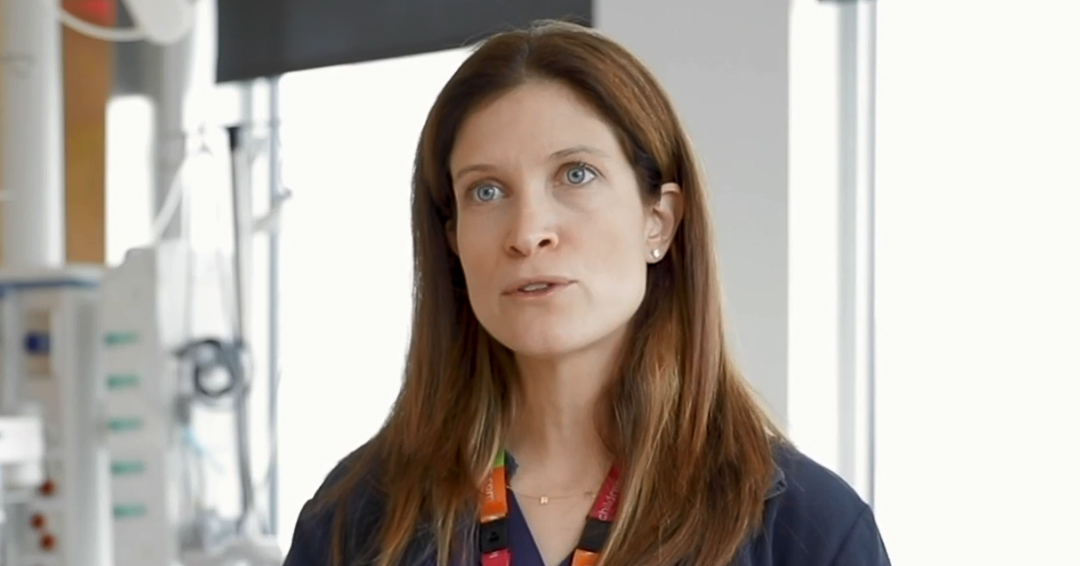
As a pediatric emergency physician at Montreal Children’s Hospital (MCH) and an associate professor of pediatrics at the McGill Faculty of Medicine and Health Sciences, Dr. Ilana Bank is well-versed in the complex training that informs a hospital’s response to emergency situations. Doctors, nurses, respiratory therapists, and other healthcare staff carefully study and practice how to be in the right place at the right time. It’s all part of Dr. Bank’s ongoing research, “Flipping the Classroom in Simulation: An Analysis of Mixed-Modality Simulation-Based Training in Continuing (Inter)professional Development in the Time of COVID-19.”
Dr. Bank’s study centers around simulations, or mock scenarios, of whole hospital emergency procedures and codes to refine patient and provider safety needs. Through continuously reexamining protocols, a hospital can work toward providing care that is efficient, effective, and holistic.
“Healthcare is not just about textbook knowledge,” says Dr. Bank. “Anyone can look up anything in a book. The key to these simulations is understanding human dynamics: our ability to effectively communicate with and trust our team members in high-stress situations.”
When COVID-19 first sent Canada into lockdown last March, hospital staff had to redevelop safety protocols for everything from intubation and CPR to trauma responses and transporting patients between units. For two weeks, Dr. Bank and her colleagues studied every unit procedure, troubleshooting for potential challenges that might result from government-issued COVID-19 guidelines for hospitals.
When the time came to put these ideas into practice, the team utilized a flipped classroom approach. “We put together a tabletop simulation, which we could broadcast on Zoom, to run through the new protocols as they developed,” Dr. Bank explains. “We walked through every step: who’s wearing full PPE, who’s on first response or standby, which hallways to take when we have to socially distance, and so on. This stage allows us to iron out the bigger challenges before attempting an in-person scenario, where we can focus on fine-tuning spacing and communication.”
In one problem-solving simulation, Dr. Bank and her colleagues found they couldn’t fit a crib through a doorway, requiring either a different mode of transport or alternative pathway. In another, they identified the need for communication devices connecting the inside and outside teams for the trauma bay, since the handling team was considered “dirty” with potential virus exposure while the outside team was considered “clean.” “These were issues we didn’t always have before COVID,” Dr. Bank notes. “Now, when these scenarios happen in real time with real patients, we’re prepared to keep everyone safe while providing the best care we possibly can.”
Although the in-person component was put on hold for several months while the government limited in-person education, Dr. Bank’s research team looks forward to continuing simulations in the fall. They’re grateful for the support they’ve received from the Institute of Health Sciences Education Innovation and Research Seed Fund’s “Special Call: IHSE Research Grants on Educational Advancements or Innovations in Response to COVID-19,” made possible thanks to the generosity of the Stevenson Fund, which has allowed them to take their research beyond local and pediatric applications.
“The COVID-19 Seed Fund grant gives us the means to share and disseminate our insights at the national and international levels,” Dr. Bank affirms. “We have no way to predict what new crisis we’ll face a decade or century from now. These types of funding sources open the door to apply our findings in new contexts, both in the present and future.”
